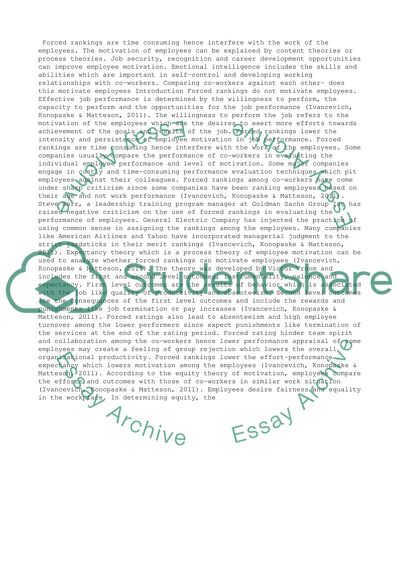Cite this document
(“Comparing Co-Workers Against Each Other: Does This Motivate Employees Case Study”, n.d.)
Retrieved from https://studentshare.org/business/1441559-comparing-co-workers-against-each-other-does-this
Retrieved from https://studentshare.org/business/1441559-comparing-co-workers-against-each-other-does-this
(Comparing Co-Workers Against Each Other: Does This Motivate Employees Case Study)
https://studentshare.org/business/1441559-comparing-co-workers-against-each-other-does-this.
https://studentshare.org/business/1441559-comparing-co-workers-against-each-other-does-this.
“Comparing Co-Workers Against Each Other: Does This Motivate Employees Case Study”, n.d. https://studentshare.org/business/1441559-comparing-co-workers-against-each-other-does-this.


